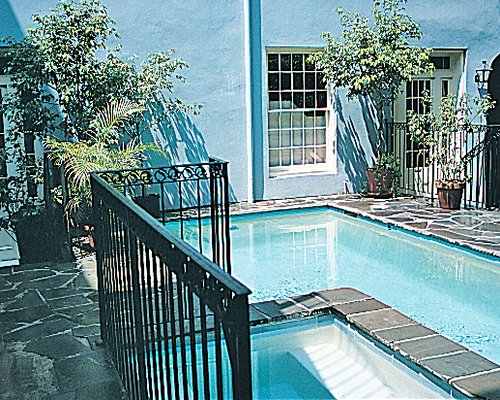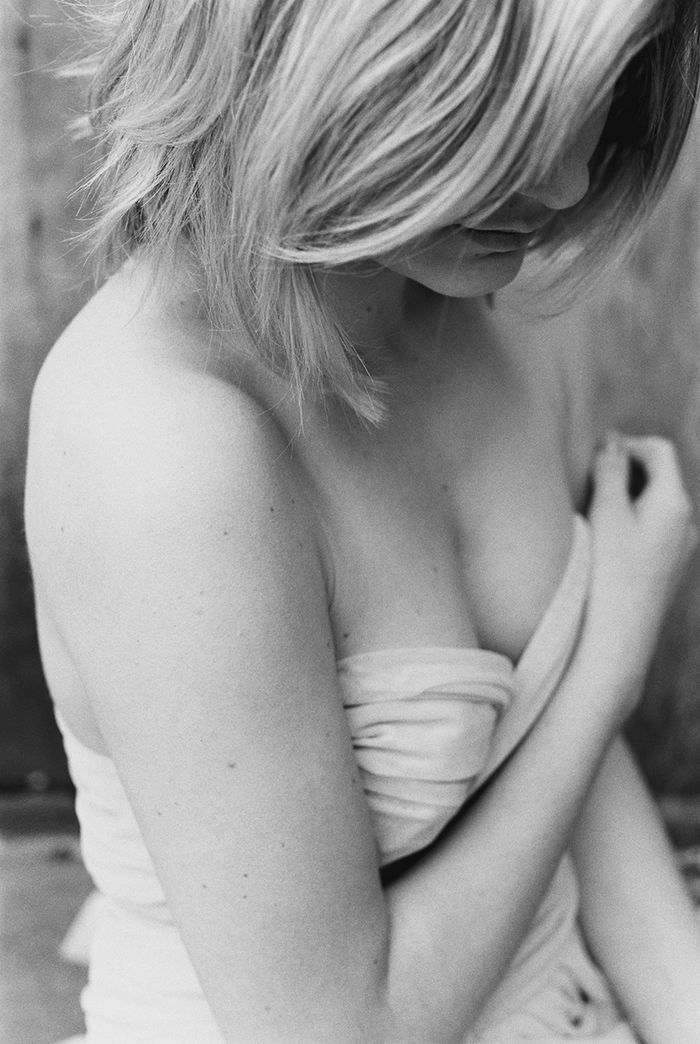Table Of Content

During the Battle of New Orleans, about 50 Baratarians manned the guns on American battleships and operated the terrestrial batteries. Jackson and Lafitte got along so well that the pirate became Jackson’s unofficial aide-de-camp. In March 1954, Clarence “Buck” Stahl and Carlotta May Gates drove from Los Angeles to Las Vegas and got married in a chapel. They each worked in aviation (Buck in sales, Carlotta as a receptionist), had previous marriages, and were strapping, tall, and extremely good looking—California Apollonians out of central casting. Back home in L.A., as the newlyweds pondered their future, they became preoccupied with a promontory of land jutting out like the prow of a ship from Woods Drive in the Hollywood Hills, about 125 feet above Sunset Boulevard.
Clowning for Novices: History and Practice With Rose Carver
He glanced up, only to see the glass of water as it stuttered across the table. He’d had paperwork to do and decided at the table of Unit 1 to finish off the task. Papers were scattered across the tabletop, and George had poured himself as glass of water in case he felt thirsty, as well. He’d placed that in the center of the table for easy access. Ghostly conversations and discussions seem so tangible and loud that guests have glanced out the windows of their suites, only to reason that there is not a single soul on the street.
Monster of the Month w/ Colin Dickey: Arctic Ghosts
Did an infamous New Orleans pirate live in this haunted mansion on the Mississippi Coast? - NOLA.com
Did an infamous New Orleans pirate live in this haunted mansion on the Mississippi Coast?.
Posted: Fri, 30 Jun 2023 07:00:00 GMT [source]
Conversations and heated discussions are common, and guests have even woken up out of a dead sleep to check the street only to see no one below. She is silent, floating around the property without a word. Employees and guests alike have come across the mysterious woman, and while her identity is unknown, she is surely an integral piece of the spirits of the Jean Lafitte House.
Check-in/Check-out
Jean Lafitte, one of the most famous American pirates, is the namesake of our New Orleans property. With original construction dating back to 1809, the front building is the building Jean Lafitte himself bought. Our two brick buildings, were built in 1809 by Lafitte's Captain Rene Beluche, using brick and planks from ships. The property was used as a Captain’s Quarter and has been completely restored, and the living areas have been elegantly furnished. Nestled in the residential area of the French Quarter, Jean Lafitte House provides a quiet and private courtyard to enjoy our plunge pool and relax before exploring the rambunctious streets of the French Quarter. Numerous shops and restaurants await you just a few blocks away.
They found themselves gawping at the entirety of Los Angeles spread out below in a grid that went on for an eternity or two. In the kismet-filled conversation that followed, Buck agreed to buy the barren one-eighth-acre lot for $13,500, with $100 down and the seller maintaining the mortgage until the Stahls paid it off. On that site, they would construct Case Study House #22, designed by Pierre Koenig, arguably the most famous of all the houses in the famous Case Study program that Arts & Architecture magazine initiated in 1945. For generations of pilgrims, gawkers, architecture students, and midcentury-modern aficionados, it would be known simply as the Stahl House.
Bedroom Loft.
His ships sailed under letters of marque from Cartagena, a republic of Columbia fighting for its independence from Spain. (A letter of marque allowed privateers to legally plunder ships of the country at war with the country who issued the letter of marque. Pirates attacked any ship without this legal document). Jean Lafitte’s private residences transform your vacation into an immersion in New Orleans hot spots & vibrant culture. We look forward to greeting you at the historic Jean Lafitte House. One of the most commonly reported occurrences is that of unexplained noises, almost as if a huge party is occurring outside in the courtyard.
In the early colonization period of Louisiana and New Orleans, especially, it was common for incomers to sail along the Mississippi River, being pushed back by the current and being forced to abandon their route. Realizing they needed a safer way, many sailors left their boats and sold the lumber for quick cash. You can see where this is going — the boat’s wood would then be manufactured into timber for homes, sidewalks, or anything else the city needed. In fact, most of the homes bordering the Mississippi River in the area are made from the wood of the abandoned boats. Then, he heard the soft screech of glass sliding over wood.
Jean Lafitte’s Captain’s Quarters. Coming Soon.
Ship wood used to construct the home; a tunnel in the rear of the property; and then . Once again, Jason and George were left to wonder what the house on 613 Esplanade must have been over a century ago. For behind the plaster-covered walls were the building’s original beams. Esplanade Avenue became that necessary passage for the French colonists in the early eighteenth century. The ancient Native American portage stretched five miles, and it became the easiest possible route to bring goods from the river, through the connecting Bayou St. John to the Lake. Sit back and listen to incomparable jazz and blues in the neighborhood watering holes.
A History of the Lafitte Home
It is only when a resident or business is starting construction that historic artifacts and secrets begin to whisper. The history of pirates in New Orleans is a long-standing one. The French Crown was notorious for leaving its colonists to their own devises, and the colonists—well, they learned to fend for themselves. Some proof exists that 613 Esplanade was once Jean Lafitte’s Captain’s Quarters, perhaps even for the equally as legendary Rene Baluche, and it comes in the form of the underground archaeology of the house itself.
Every unit has a kitchenette with a microwave for your pre-party snacks and late-night leftovers. Dominique died on November 30, 1815 and was given full military honors at his funeral. His grave is located in St. Louis Cemetery #2 in New Orleans.
Once again, the Esplanade home gave more questions than it did answers. While the history of the home is not sure, the hauntings of the home are well reported, time and time again. On that particular day, however, the housekeepers caught sight of the ghosty woman seated in the upstairs corner room and they’d had had enough. They came barging down the nineteenth-century circular staircase, and burst through the courtyard to find Jason in the office.
Our historically designated 17th-century building sits on Esplanade Avenue, only a block away from the world-famous Bourbon Street and Frenchman Street. Because this is where New Orleanians have lived and thrived for generations, our guests are surrounded by beautiful private homes, family-owned stores, and other landmarks in a neighborhood buzzing with life. Most of Jean Lafitte’s life remains shrouded in mystery, including his name.
As he worked, he heard the glass slide across the old wooden table, looking up only to see the glass being slid by an unseen hand. In 1984, the owner of the Jean Lafitte house hired contractors to install a below-ground pool in the spot where the courtyard is. Digging in historic ground always turns up interesting finds, such as the man on Burgundy Street who dug up fifteen water-logged coffins from the 18th century as he dug a space for a pool as well. The underground mysteries remain hidden in the moist Louisiana soil most times, since the city has developed over most of the land.
As a result, he won the praise of the local rich and poor alike. The house in 1960, as captured by Julius Shulman during the day. Composed of twelve ensuites, the Jean Lafitte House is perfect for people looking to be near the action of the bustling French Quarter but who also hope to have a bit of tranquility as well. Rooms tend to book up fast, especially from the end of September until the early Spring, so definitely reserve your rooms earlier rather than later!
Here in NOLA, celebrations stretch for weeks, recipes are family heirlooms, and neighborhood pride is touted in all corners of the Big Easy. As you leave Jean Lafitte and cruise down the street you will be introduced to a wide variety of incredibly talented street musicians and performers from New Orleans, and abroad. If you’re interested in a more staged performance, visit local hot spots such as Preservation Hall, Orpheum , The Fillmore, or Saenger Theatre. Jean Lafitte House is located only a short distance to New Orleans favorite French Quarter Bars and Restaurants. Enjoy a Sazerac or cruise Bourbon Street with a Hurricane in hand before a cajun-inspired cuisine of Gumbo, Gulf Oysters, Gator Bites, Crawfish Etouffee, Red Beans & Rice, Po Boys, and of course, Cafe De Monde beignets for dessert. All of this amazingness, and more, is within reach when staying at Jean Lafitte House.
Behind the plaster walls of the historic home were the buildings original wood beams… not too much of a surprise, until you learn the story those beams had to tell. Paranormal activity has been reported by guests and employees alike since that day when the glass was moved by some unseen force and pushed to the ground. According to Jason, Unit 1 might be the most haunted ensuite in the entire guest house. (Unit 1 is also the location where Jason dug into the ground and unearthed all of those archaeological finds).


No comments:
Post a Comment